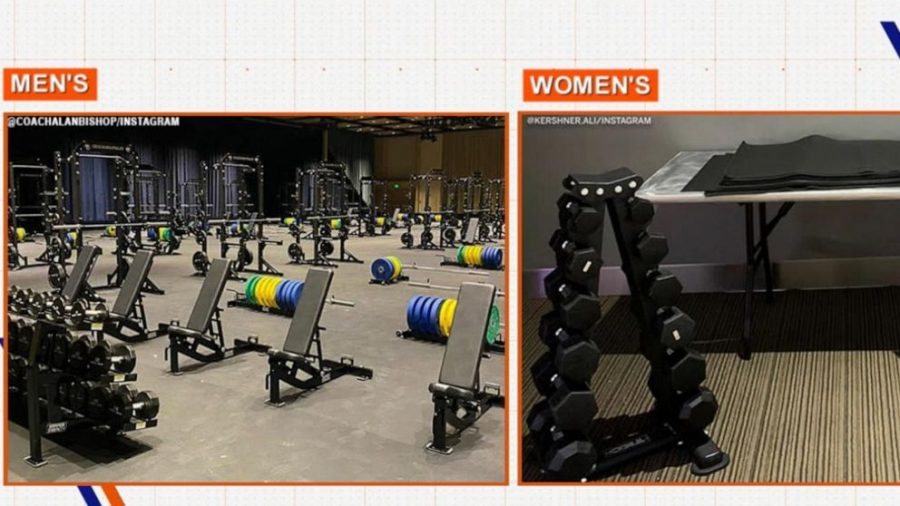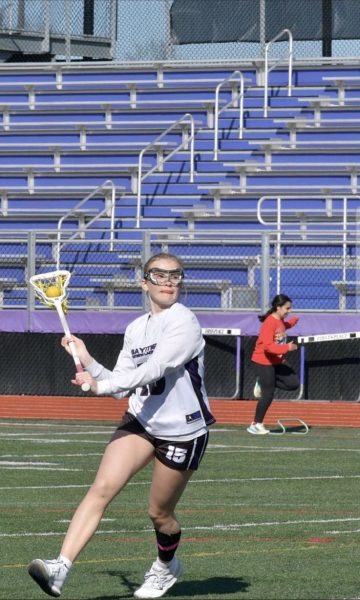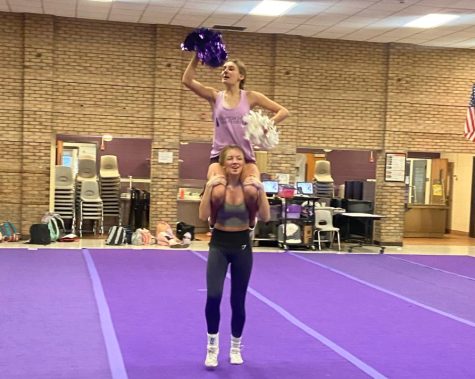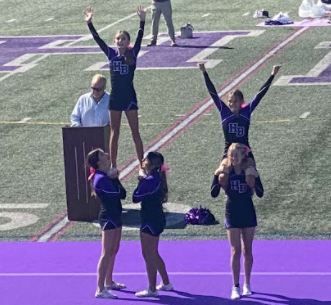Women’s Athletics: Fighting for Equality
May 13, 2021
Inequality in professional women’s sports is nothing new. Athletics is a microcosm for the inequality that many women face worldwide.
After the US Women’s National Team (USWNT) won the World Cup against the Netherlands in the summer of 2019, the unequal pay between the men’s and women’s teams was highlighted.
The USWNT has been in a fight for equal pay with the U.S. Soccer Federation (the governing body for both the men’s and women’s national teams in the United States). The players on the USWNT filed a federal lawsuit against the U.S. Soccer Federation, alleging violations of the Equal Pay Act and Title VII of the Civil Rights Act of 1964, which prohibits discrimination in virtually every employment circumstance. In the same week that the USWNT filed a lawsuit, the Australian Women’s National Team won equal pay with their male counterparts, which gave the USWNT’s claim a big boost. The USWNT claims that they perform the same work as the USMNT, but get paid a great deal less for it. The USWNT are not the only women’s team to have been demanding for fair payment.
The U.S. Women’s National Hockey Team arranged a wide-ranging strike during their championship training camp in 2017 and won a new deal with the U.S. Hockey Association. The WNBA players also negotiated a new collective agreement with the league after being outspoken about the wage gap between their pay and the men’s team.
This year during March Madness 2021, the unfair treatment in the NCAA Women’s Basketball tournament highlighted another inequality between men’s and women’s athletics.
During March Madness the NCAA Men’s Basketball teams got better workout equipment, food, and bigger courts, while the women’s teams got a set of weights, half of a court, and disgusting food.
A player from the University of Oregon, Sedona Prince, made a Tik Tok which went viral with 3.4M likes and 11.8M views. It explained how March Madness is the biggest tournament in college basketball for women. She showed the weights they received and then showed the men’s weight room. The men had much more than just weights.
Sedona said, “When the pictures of our weight room got released vs the mens, the NCAA came out with a statement saying that it wasn’t money, it was space that was the problem.”
She then contradicted this claim and showed us their practice court, the weight room, and all the extra space they had. Two days later, Sedona posted a new Tik Tok, showing the new weight room and equipment that NCAA had gotten them, showing how happy she and her teammates were.
Highlighting these inequalities is one of the tools that women’s teams are continuing to use in order to cause change, and in turn fight for equality for women all over the world.






